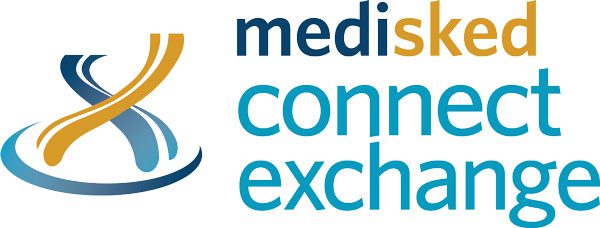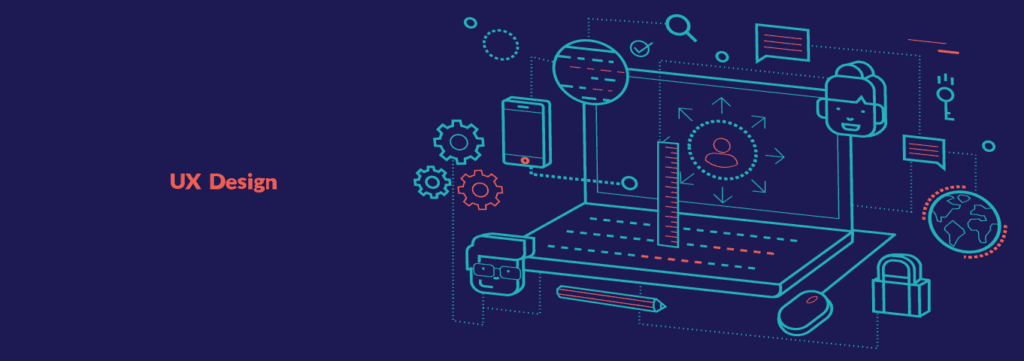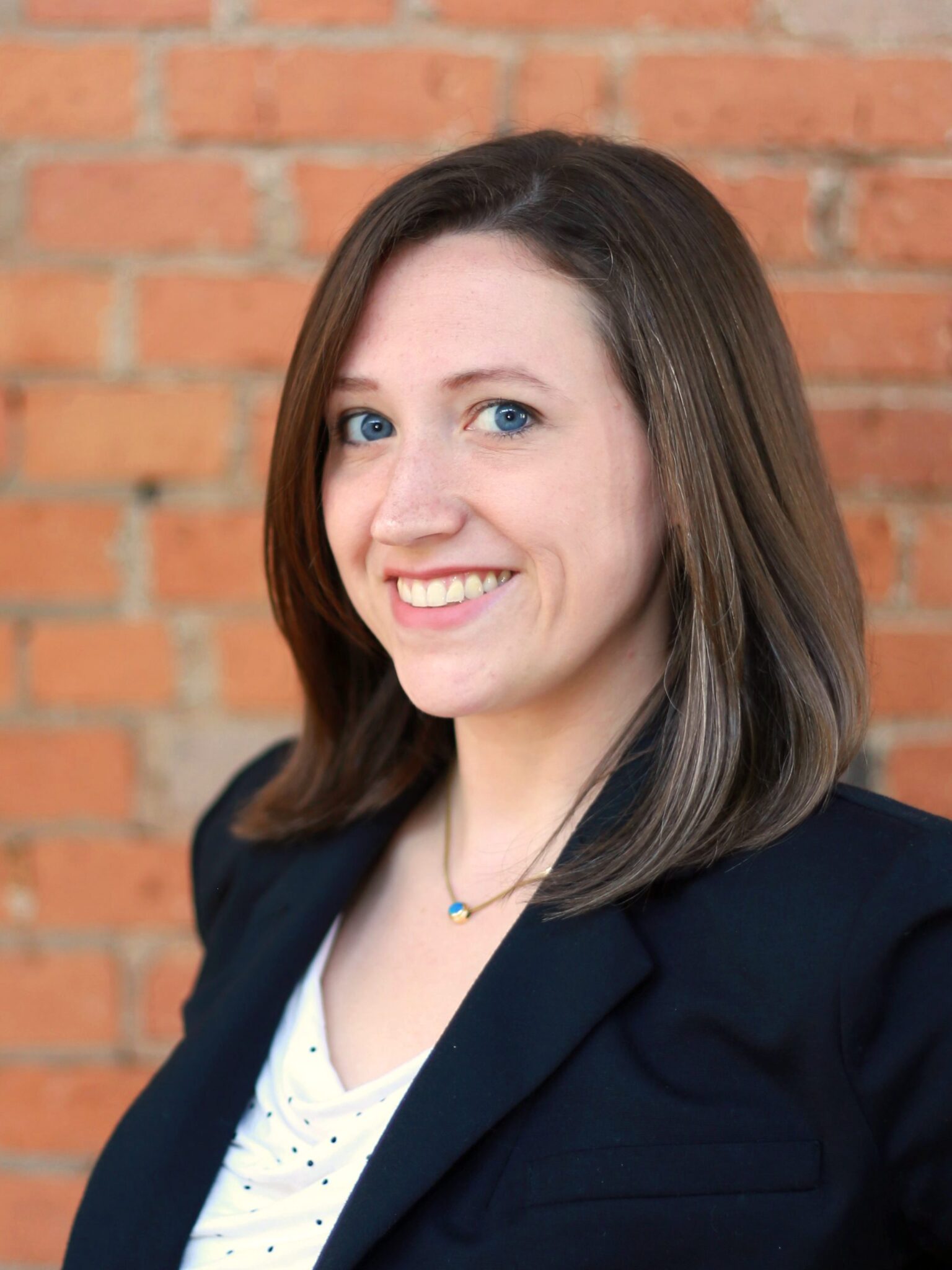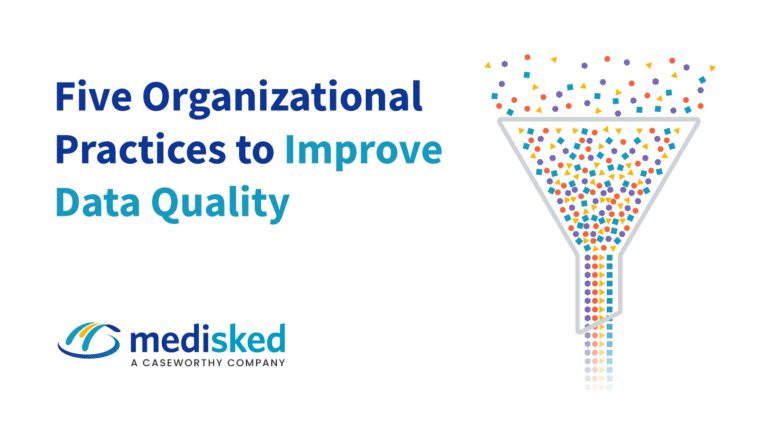You may be asking yourself, “Why does this matter to me? Research sounds boring.” This matters because this is where YOU have first chance to affect change in design, and this is where it all starts. By being involved early and often with your feedback, we’re able to better anticipate your needs and motives in a way that can get you better solutions faster.
This is part one of a three-part blog series diving deeper into the phases of the UX process, and how that process helps bring better solutions to more users faster. You’ll also learn more about the types of ways we gather feedback and do research directly from users like you to ensure an accurate and efficient solution.
A typical user experience lifecycle includes three primary phases:
- Insight
- Design
- Validation
In this blog, we’ll be talking about the insight phase, and how it shapes the rest of the process.
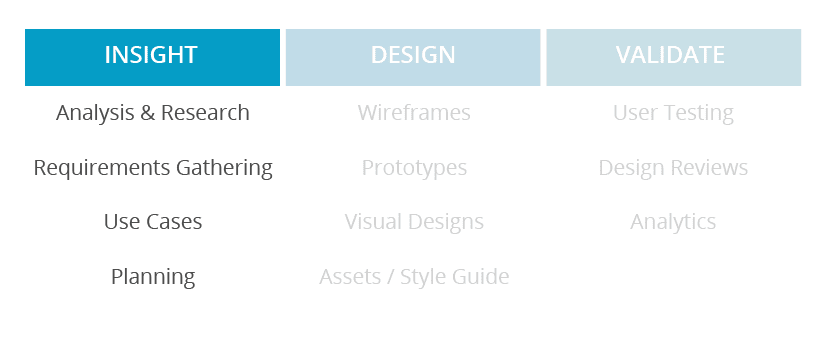
This phase is more commonly known as the “research stage.” Its main purpose is to gain relevant, direct, and transparent feedback from real users in their own words. This can be done proactively from a strategic product standpoint, or done in response to already collected and prioritized feedback from users.
This video from the Neilson Norman Group (leaders in the usability industry) gives a great overview of when to use what types of research methods.
The following types of research activities can be used to gather this type of feedback and are currently used by MediSked UX:
Usability Tests
A usability test can occur before the design phase as well as within the validation phase. It typically includes a script of tasks that the participant will need to accomplish, a screen share with the organizer, a recording of the screen share and audio, and a relatively large (10 – 20) group of participants overall. This is one of the most time intensive research methods based on the recruitment process, preparation involved in writing the script, time needed to create a prototype (if necessary), perform the exercises, and then report on the findings.
As a part of the Insight phase of the UX process, this is done to gauge a baseline for the current usability before a solution is designed. Some things that are measured are:
- How long does it take to perform a specific task?
- How many errors occur while trying to perform the task?
- What pain-points exist within the current workflow / experience?
- What expectations and assumptions do they currently have for the experience? (ex: someone may move their mouse to the top right corner to close out of a window, but if the action is at the bottom, that tells us what their expectations are to close something)
- What constraints or details about their physical device & environment are there?
Focus Groups
This verbal exercise is most helpful at gaining a high-level perspective on concepts within a group setting. The recruited users are able to openly discuss their opinions of concepts and scenarios with the moderator, as well as amongst themselves. This cross-communication between the participants helps open up additional perspectives among their own particular use cases and breaks down unknowns that may not have been obvious within the original intent of a concept.
However, it’s not to be used for solutioning specifics, creating a deliverable, or used to generate a timeline or scope of work.
Surveys
A quick online form that a user can provide quantitative feedback on specific questions is a great way to gather a lot of information quickly. It’s best used when there are focused areas of feedback that you need to gather and can easily associate a value scale to the answers. For example, a survey would be an appropriate way to ask questions to users to determine if they’d be good candidates for more in-depth user testing, but not to perform an in-depth user testing. They are typically used for user testing recruitment and satisfaction surveys.
You wouldn’t want to use a survey to collect any significant qualitative information though. It’s hard to dig any deeper and have a conversation when it’s one-sided and the questions are not designed for it.
User Interview
This is exactly what it sounds like. A User Experience specialist will typically travel to the location of a specific user to sit with them and discuss a set of questions or concerns. The benefit to this is that the environment is the exact one that the user encounters every day when using the product, and observations can be gathered on how that might impact their performance. Because of the informal and one-on-one nature of the interview, the focus is on having a productive conversation with the user that can naturally surface other information that can provide insight for usability enhancements.
These are some of the more commonly used methods at MediSked. Depending on the specific scenario, more finely tuned methods can be included. Sometimes, a combination of these methods can be used to get the most out of opportunities that are available.
MediSked currently leverages feedback from the Connect MediSked User Group (MUG) forums, and support tickets in addition to proactive recruitment for larger enhancement initiatives. If you’re interested in participating in a user research session, contact marketing@medisked.com with your information.


